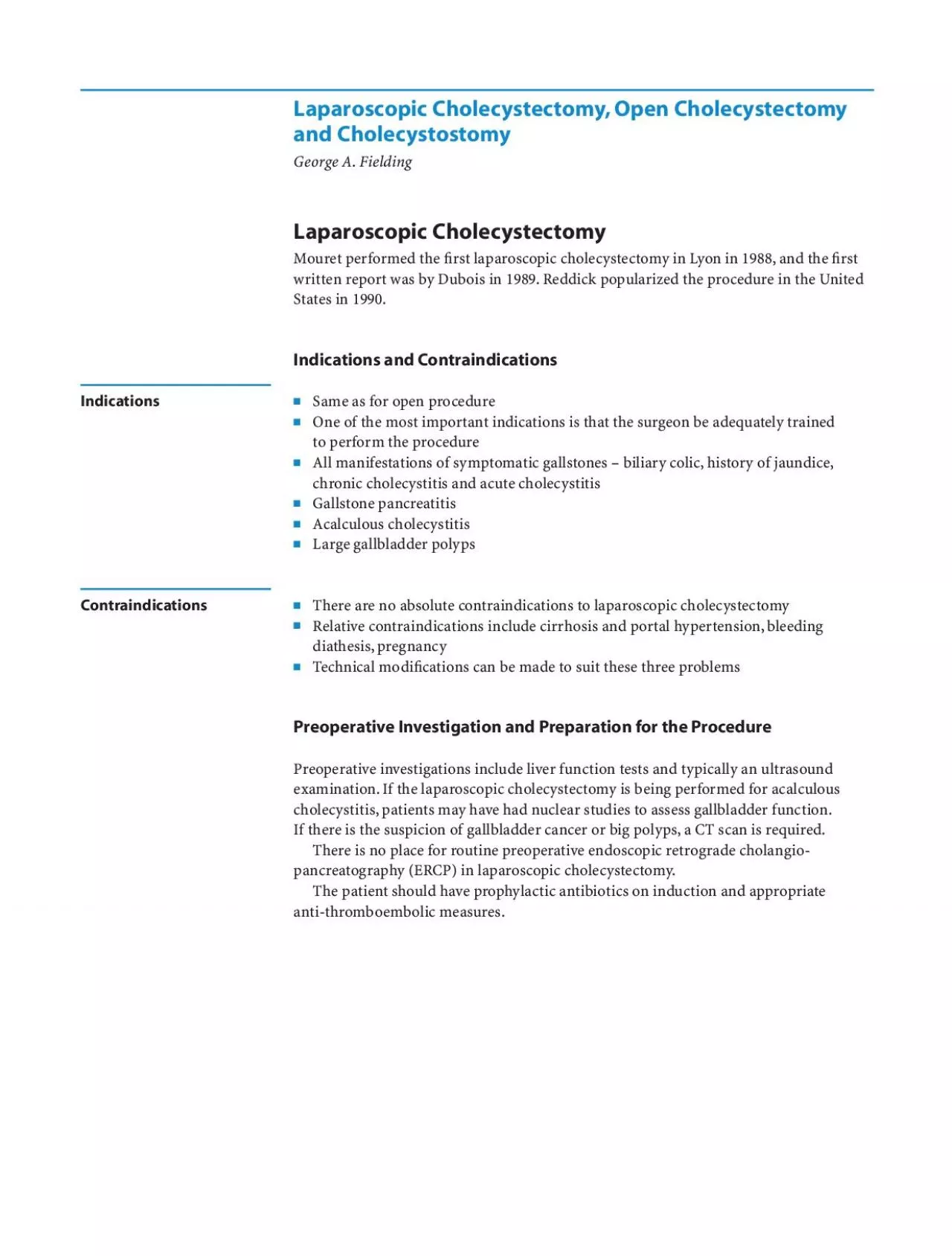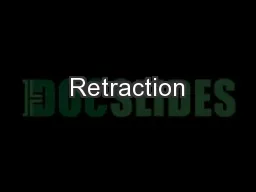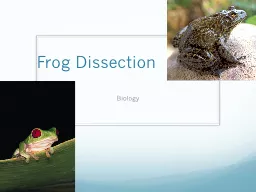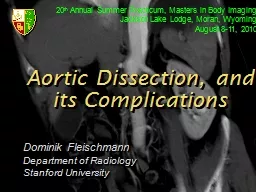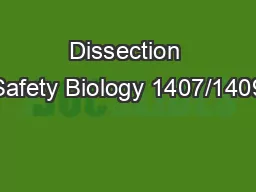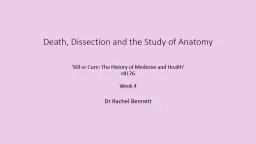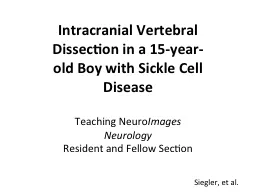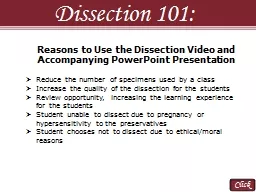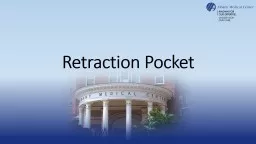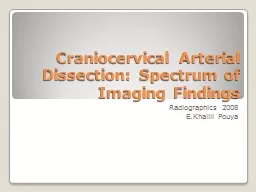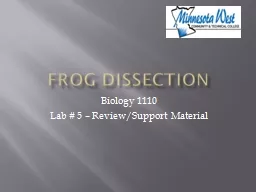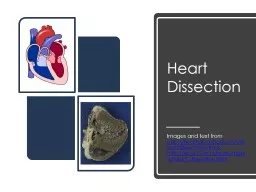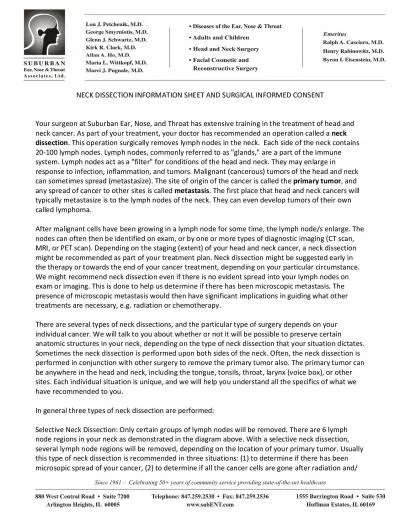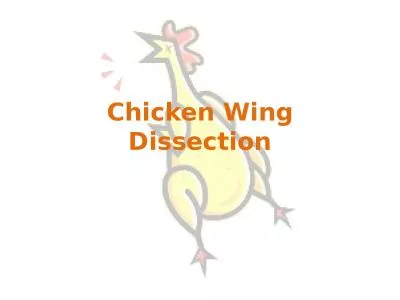PDF-Retraction and dissection of Calots triangleOnce caudad retraction o
Author : udeline | Published Date : 2022-08-22
Then incise the posterior peritoneal attachment behind Hartmann144s pouch to separateHartmann144s pouch from the liver to further stretch out Calot144s triangle Laparoscopic
Presentation Embed Code
Download Presentation
Download Presentation The PPT/PDF document "Retraction and dissection of Calots tria..." is the property of its rightful owner. Permission is granted to download and print the materials on this website for personal, non-commercial use only, and to display it on your personal computer provided you do not modify the materials and that you retain all copyright notices contained in the materials. By downloading content from our website, you accept the terms of this agreement.
Retraction and dissection of Calots triangleOnce caudad retraction o: Transcript
Download Rules Of Document
"Retraction and dissection of Calots triangleOnce caudad retraction o"The content belongs to its owner. You may download and print it for personal use, without modification, and keep all copyright notices. By downloading, you agree to these terms.
Related Documents

